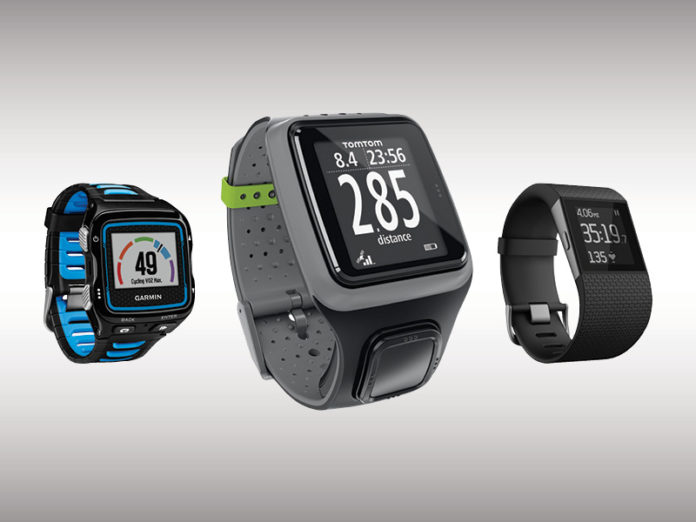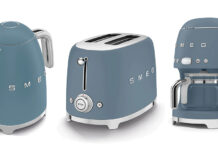
Are you tracking your running mileage, calories burned or heart rate using a wearable device? If so, you are part of the biggest trend in fitness today. In its 10th annual survey of exercise pros, the American College of Sports Medicine (ACSM) says wearable technology will be the top trend in fitness next year.
“Wearable technology has overtaken activities like body weight training and high-intensity interval training to claim the number one spot in this year’s survey,” says Walter R. Thompson, the lead author of the survey and associate dean in the College of Education & Human Development at Georgia State University in Atlanta. The survey is published in the current issue of ACSM’s Health & Fitness Journal.
“Consumer interest in fitness technology may signal that the low-cost, DIY exercise trend is waning.”
The survey was completed by more than 2,800 health and fitness professionals worldwide. Forty potential trends were given as choices and the top 20 were ranked and published by ACSM, including a few new additions, one of which rose immediately to the number one spot.
“Tech devices are now central to our daily lives and have changed the way we plan and manage our workouts,” says Thompson. “Wearable devices also provide immediate feedback that can make the wearer more aware of their level of activity and can motivate the user to achieve their fitness goals.”
2016’S TOP FITNESS TRENDS
Here are highlights from the ACSM’s top fitness trends for 2016:
-
- Wearable Technology: Includes fitness trackers, smart watches, heart rate monitors, and GPS tracking devices.
- Body Weight Training: Uses minimal equipment making it more affordable. Not limited to push-ups and pull-ups, this trend allows people to get back to the basics with fitness.
- High-Intensity Interval Training (HIIT): Involves short bursts of activity followed by a short period of rest or recovery. These programs are usually performed in less than 30 minutes.
- Strength Training: Remains a central emphasis for many health clubs. Incorporating strength training is an essential part of a complete exercise program. The other essential components are aerobic exercise and flexibility.
- Functional Fitness: A trend toward using strength training to improve balance and ease of daily living. Functional fitness and special fitness programs for older adults are closely related.
- Fitness Programs for Older Adults: As the baby boom generation ages into retirement, some of these people have more discretionary money than their younger counterparts. Therefore, many health and fitness pros are taking the time to create age-appropriate fitness programs to keep older adults healthy and active.
- Exercise and Weight Loss: In addition to nutrition, exercise is a key component of a proper weight loss program. Health and fitness professionals who provide weight loss programs are increasingly incorporating regular exercise and caloric restriction for better weight control in their clients.
The full list of top 20 trends is available in the article Worldwide Survey of Fitness Trends for 2016: 10th Anniversary Edition at www.acsm.org.
















